 1961 image
1961 image 2000 image
2000 image
 Photo
courtesy The Ipswich Society
Photo
courtesy The Ipswich Society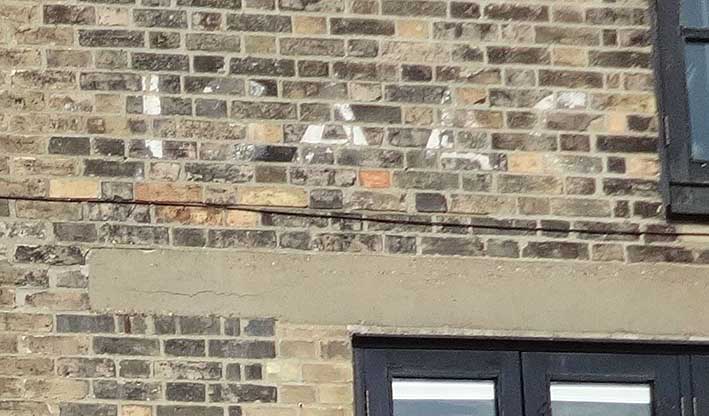 2014
image courtesy Tim
Leggett
2014
image courtesy Tim
Leggett 2014
image
2014
image  2018 image
2018 image
 2016 images
2016 images
 2017
images
2017
images 2017
photograph courtesy John Norman
2017
photograph courtesy John Norman
 2017
images
2017
images
 2000 image
2000 image  2003 image
2003 image
 2011/12
images
2011/12
images



 Undated plan
by Bucke
Undated plan
by Bucke 1881 map
1881 map


 2012 image
2012 image
 2012 images
2012 images 1961 image
1961 image
 2012
images
2012
images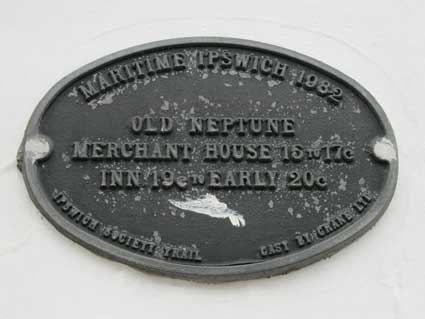

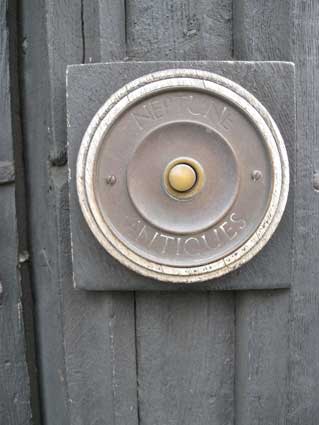 2014 images
2014 images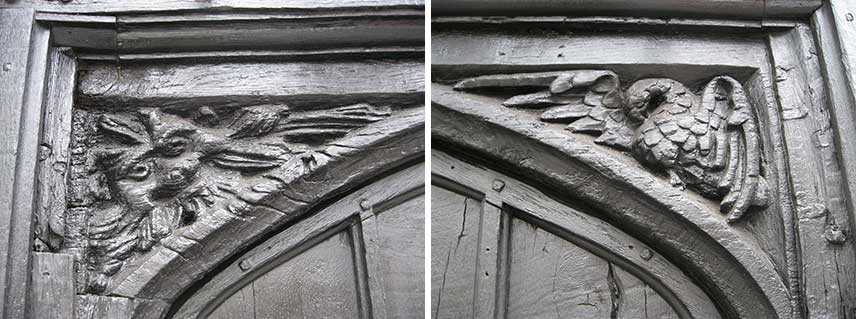 2016 images
2016 images 1845
1845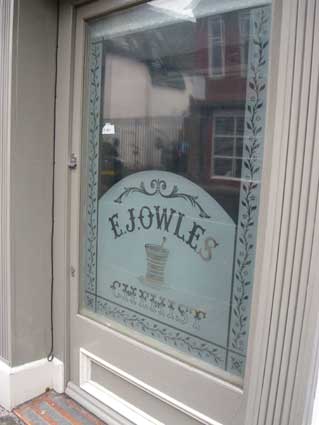
 2013 images
2013 images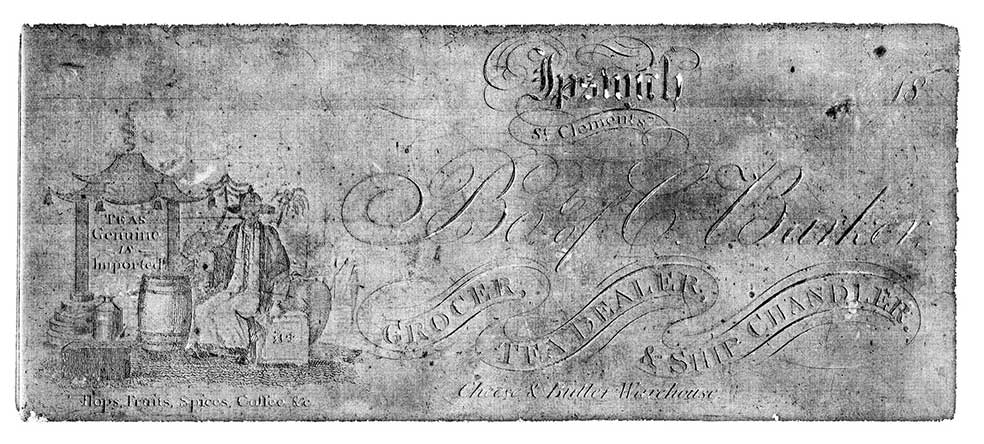 Courtesy
Charles Simpson
Courtesy
Charles Simpson

 1845
1845
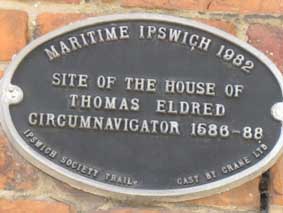

 Thomas
Eldred's house, now demolished
Thomas
Eldred's house, now demolished
 Photographs courtesy Ipswich Museum
Photographs courtesy Ipswich Museum